

Scientists and hapū are investigating whether kina (a New Zealand sea urchin) can become our next high-value nutraceutical, functional food product. A nutraceutical is a food or part of a food ...
READ MORE
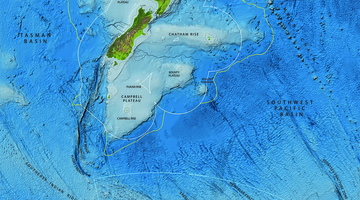
The sea is our taonga. Our connections to it are strong. More than 75% of New Zealanders live within 10 km of the coast, and the sea is an important part of our Kiwi lifestyle – whether we use it ...
READ MORE
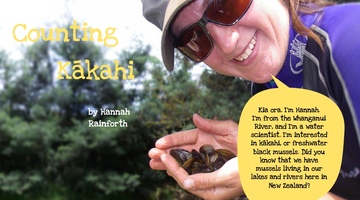
In this Connected article scientist Hannah Rainforth investigates kākahi, Aotearoa New Zealand’s threatened freshwater mussels in the Whanganui River, to find whether the evidence supports claims ...
READ MORE

This activity explores the life cycle of green-lipped mussels and encourages students to research the methods by which they are farmed in New Zealand. It provides the opportunity to use a Venn ...
READ MORE

In this activity, students observe green-lipped mussels to determine the impact of pea crab infestation on their size and weight. Purpose This activity will enable students to identify key ...
READ MORE

Aotearoa New Zealand is rich in animal life – from tiny pepeketua and giant wētāpunga to ngā manu a Tānemahuta and ngā ika a Tangaroa. Some of these animals are unique to particular locations ...
READ MORE
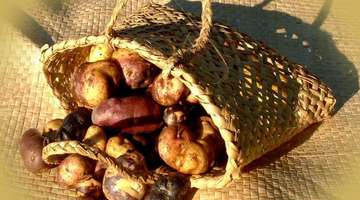
Students develop knowledge of prototype taewa products and design a label that reflects the cultural value and specified market for the product. Purpose Understand the attributes and benefits of ...
READ MORE
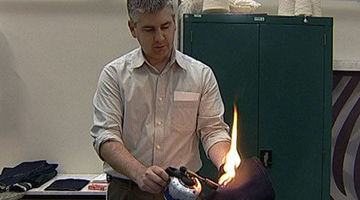
In this unit, students will consider the performance properties of new stab and flame-resistant fabric and design protective wear for new market opportunities. Purpose To investigate the ...
READ MORE

Students develop their knowledge to design a disposable product as a sustainable alternative to an existing product. Purpose To understand why increasing use of non-degradable materials is not ...
READ MORE
This introductory video by the Sustainable Seas National Science Challenge shows the wide collaborative effort to involve diverse communities in developing ecosystem-based management (EBM).
READ MORE
One of the research projects undertaken by Erina Watene-Rawiri while at NIWA was the study of glass eels. This was done over 4 years. One of the reasons for the research was to compare volumes ...
READ MORE
Researcher Erina Watene-Rawiri describes the life cycle of eels. Updated science: In this video Erina explains that the leptocephali – eel larvae – 'float' back upstream on the current. Current ...
READ MORE
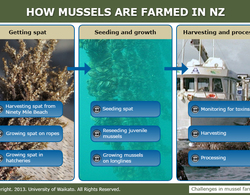
Green-lipped mussels are New Zealand’s major aquaculture species. In this interactive, Professor Andrew Jeffs (Leigh Marine Laboratory) describes the key stages in farming green-lipped mussels ...
READ MORE
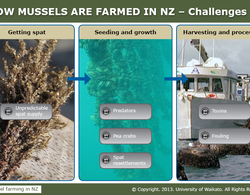
Green-lipped mussels are New Zealand’s major aquaculture species. In this interactive, Professor Andrew Jeffs (Leigh Marine Laboratory) discusses some of the challenges faced by New Zealand’s ...
READ MORE
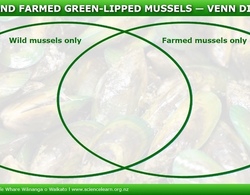
Use this interactive to illustrate the key similarities and differences between how wild and farmed green-lipped mussels live. Place each label where you think it belongs. This activity can be ...
READ MORE